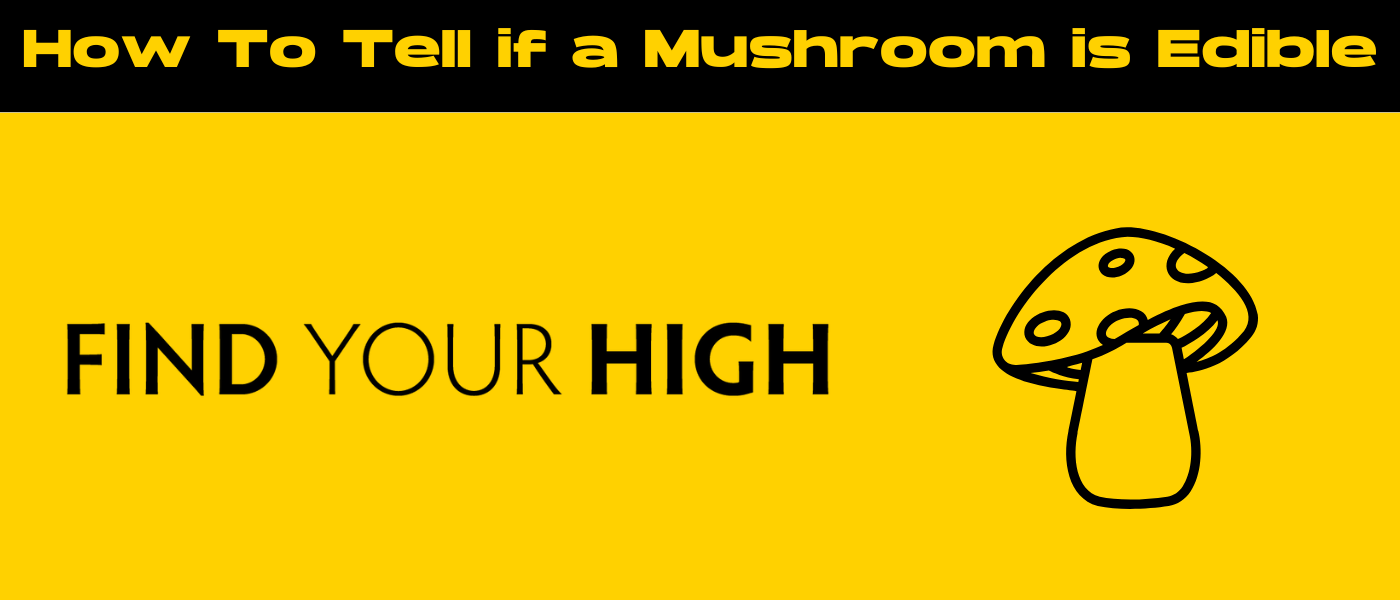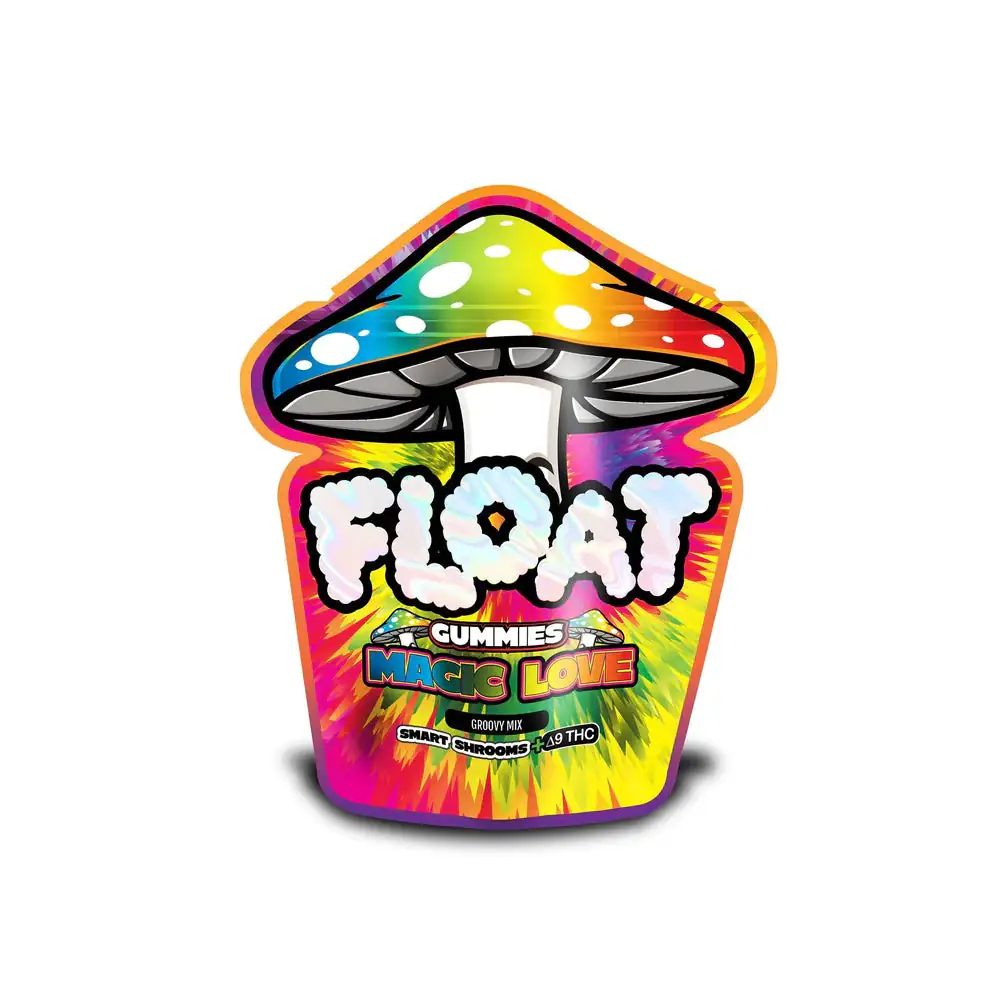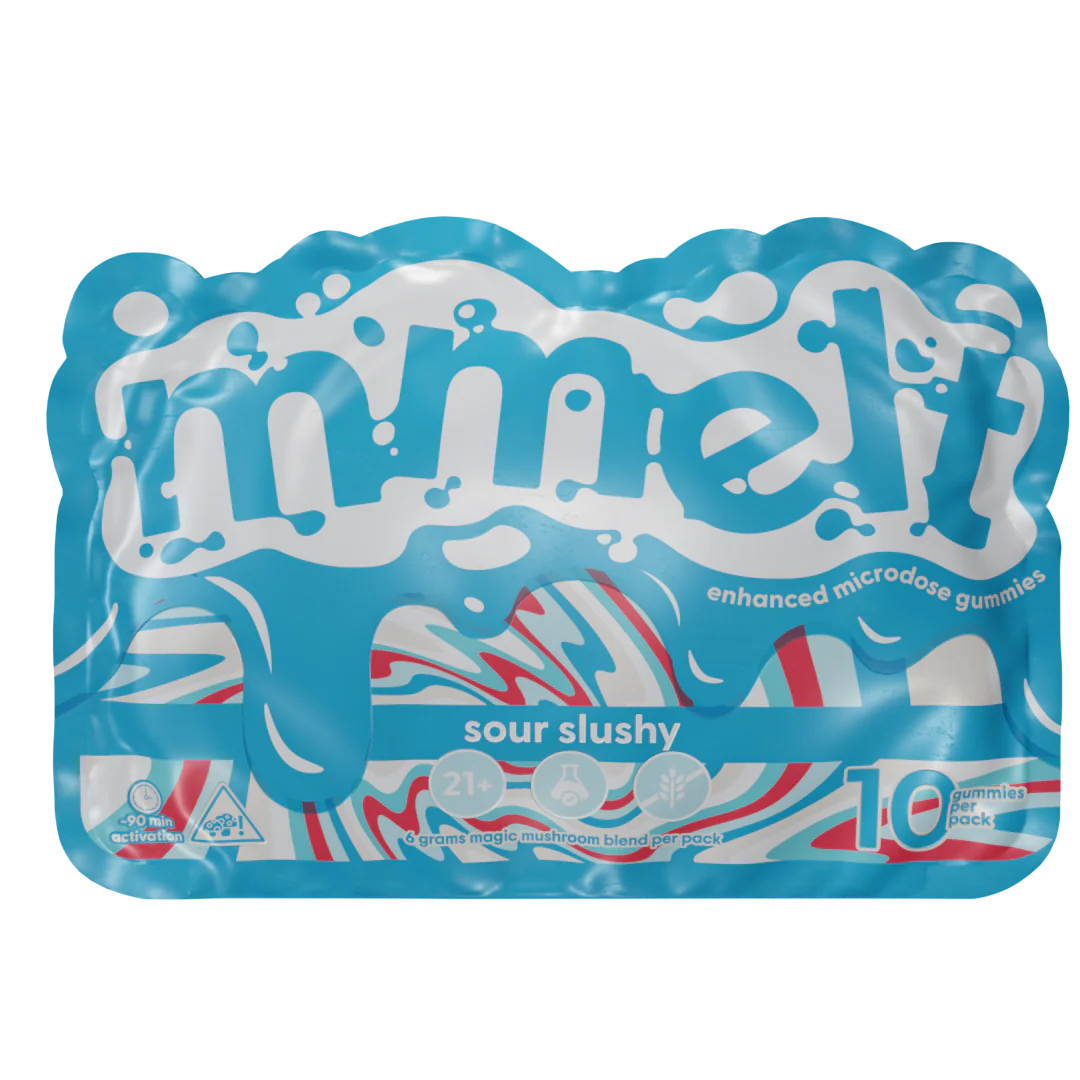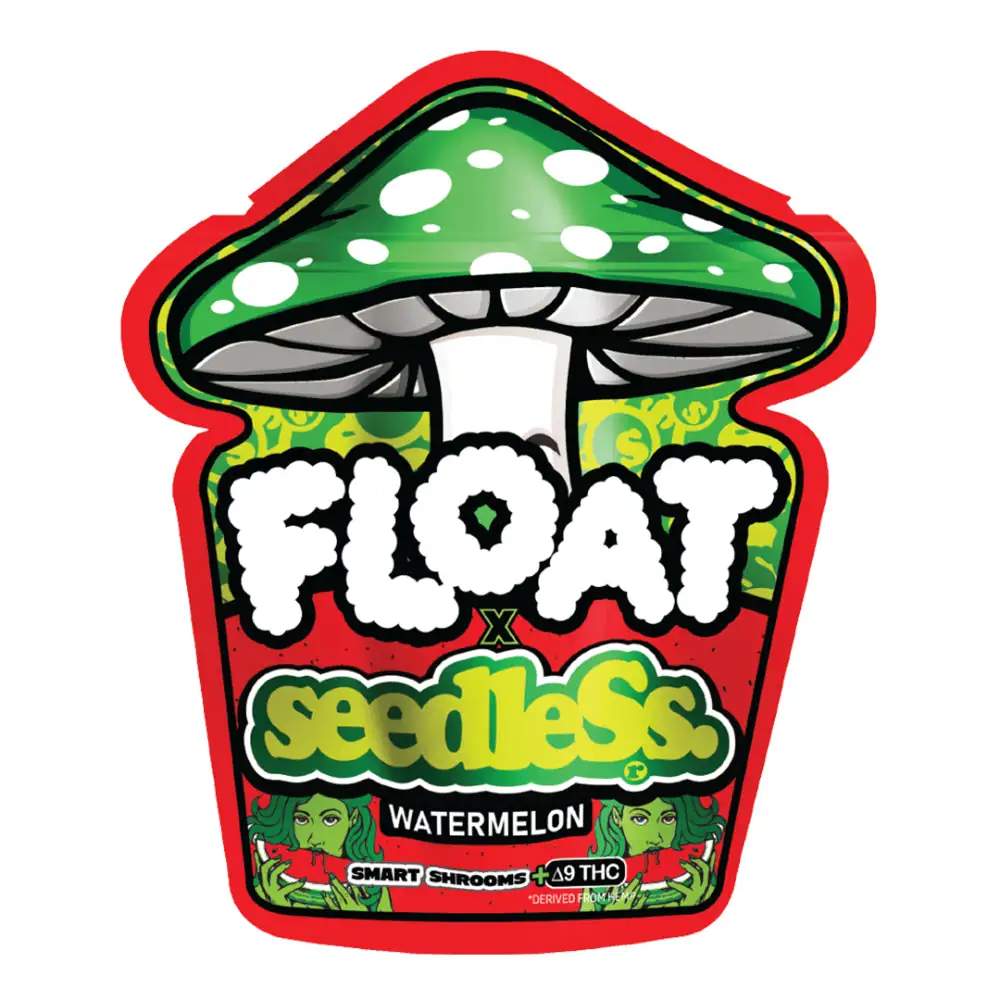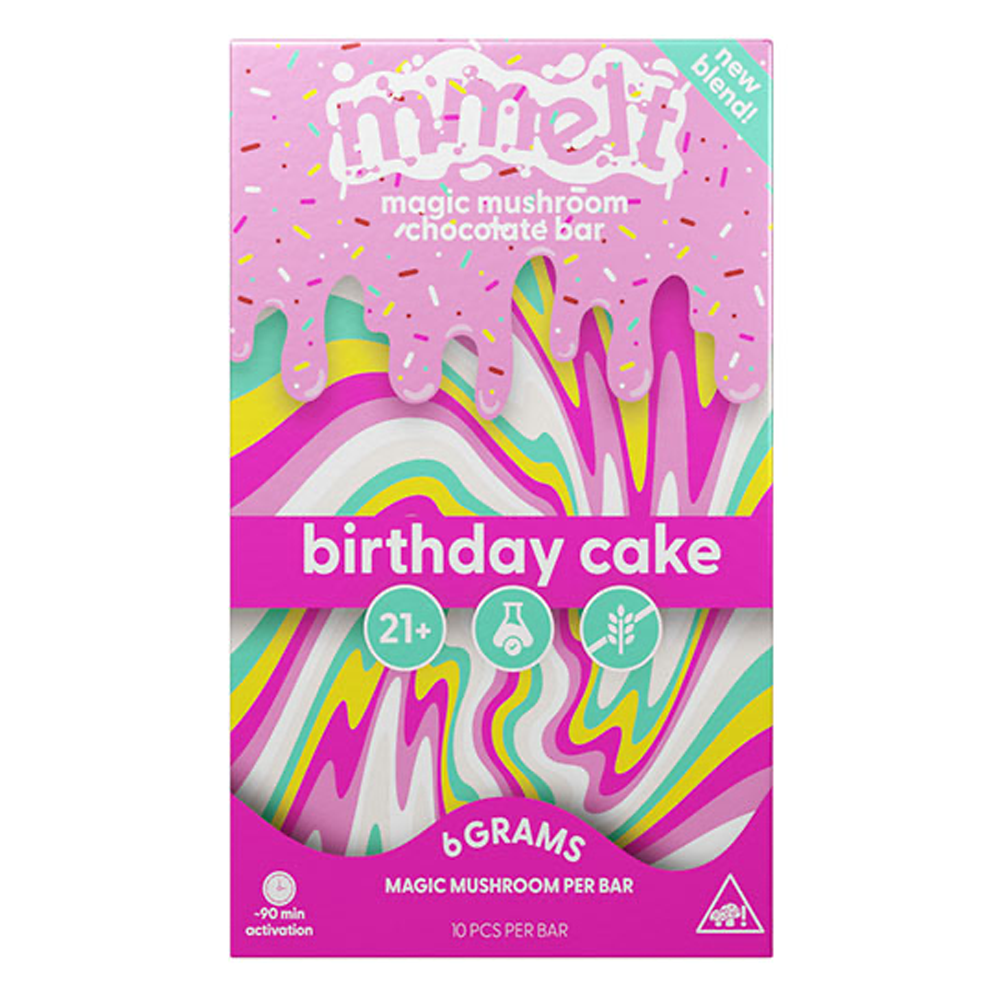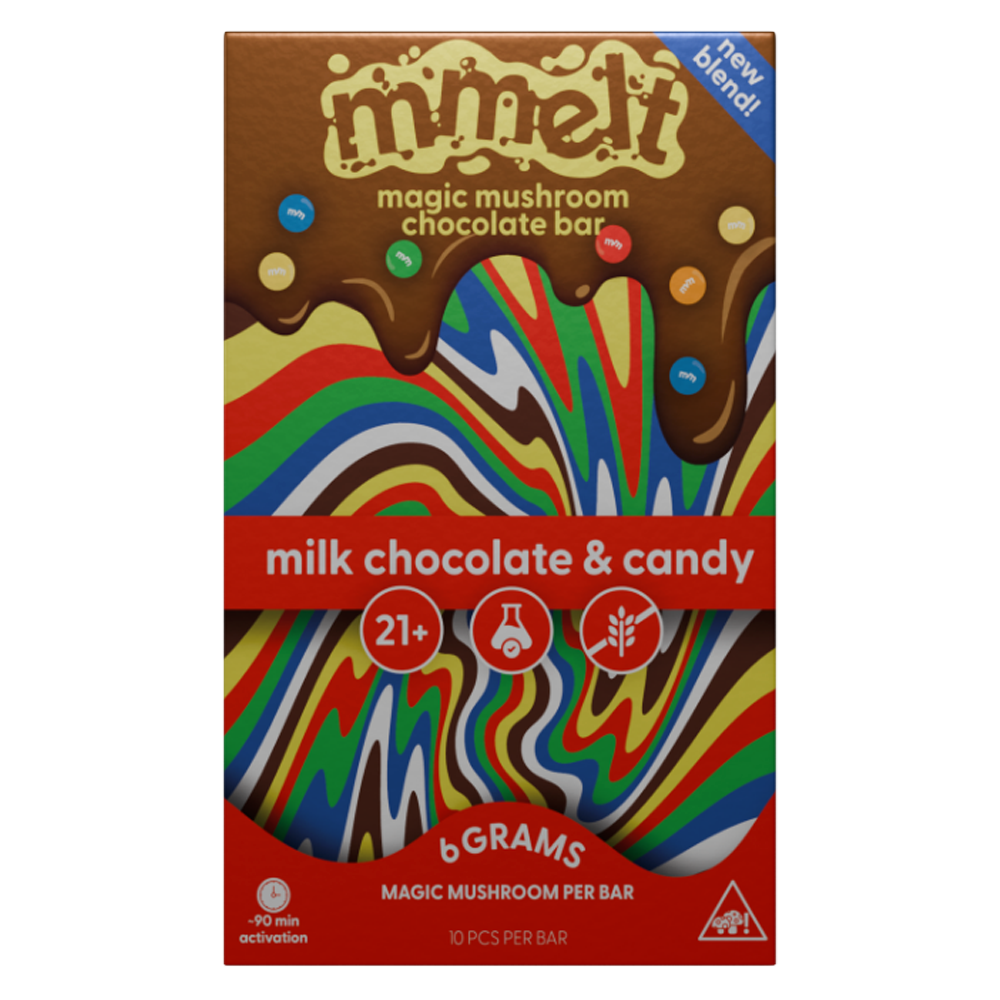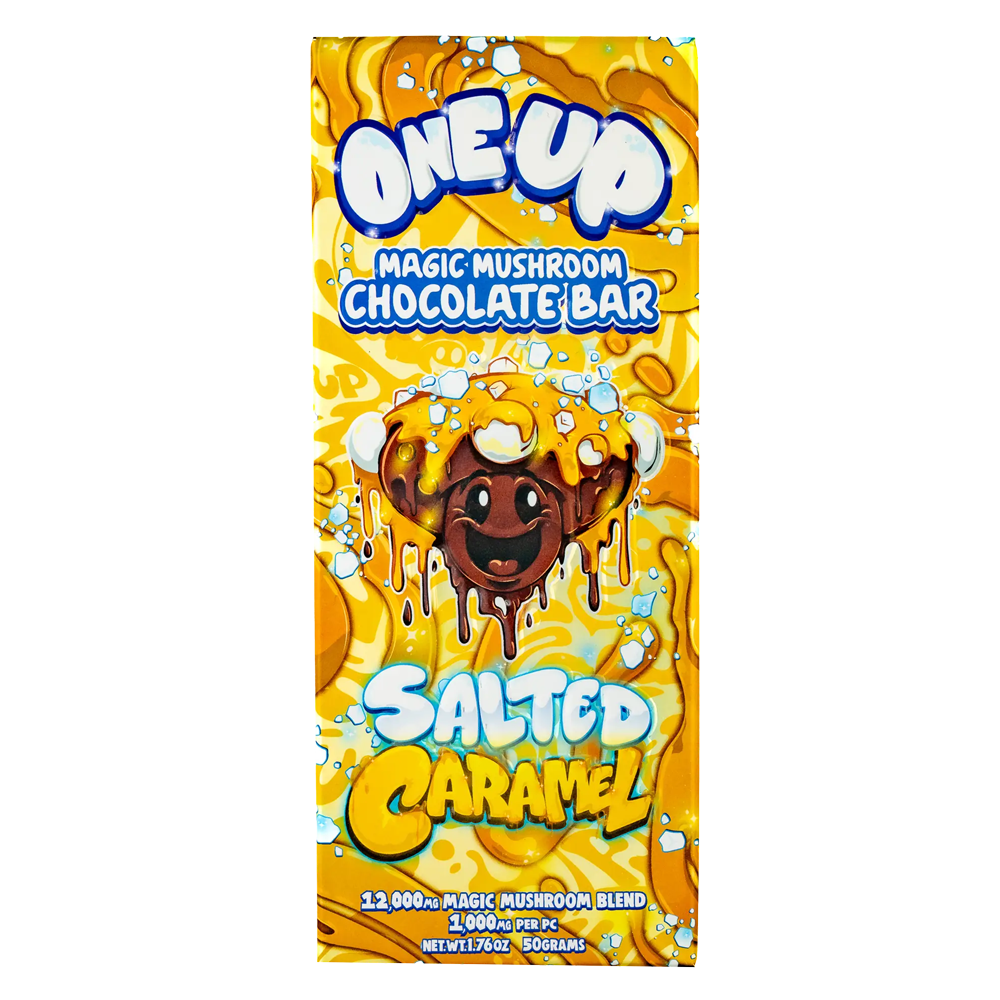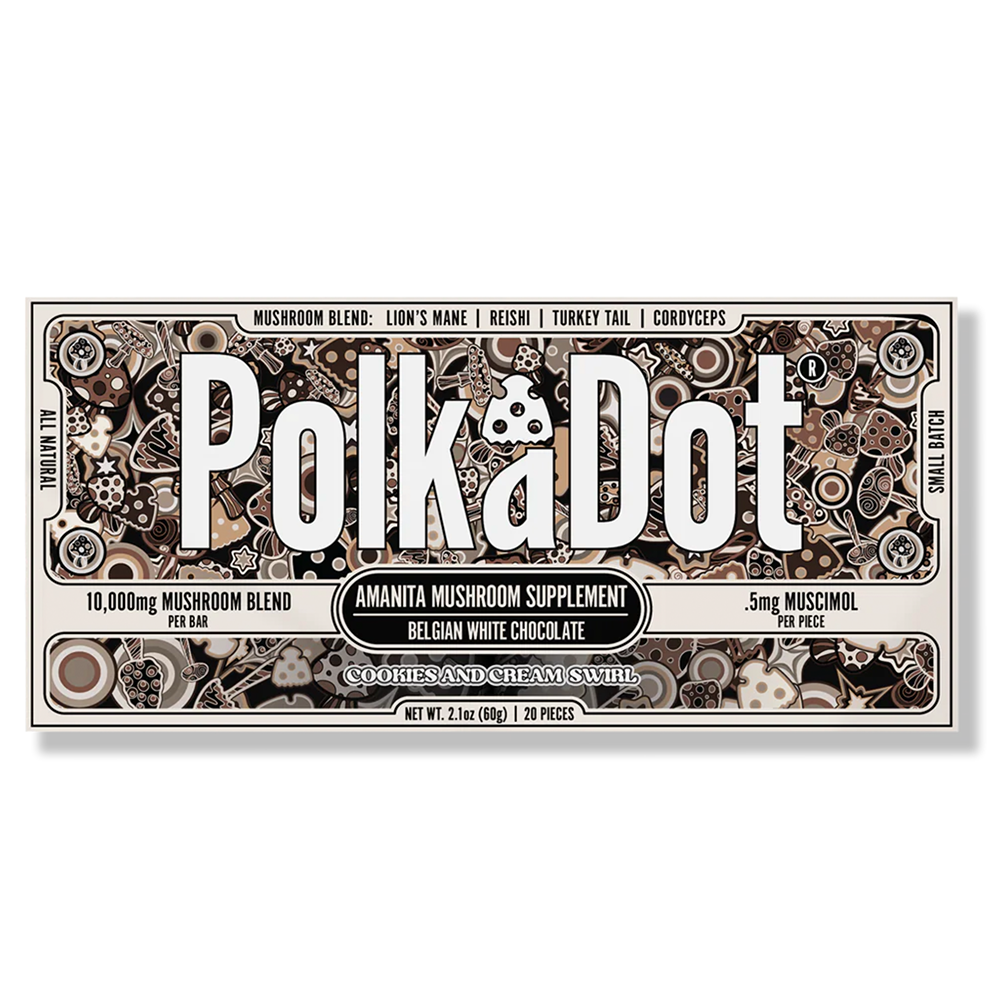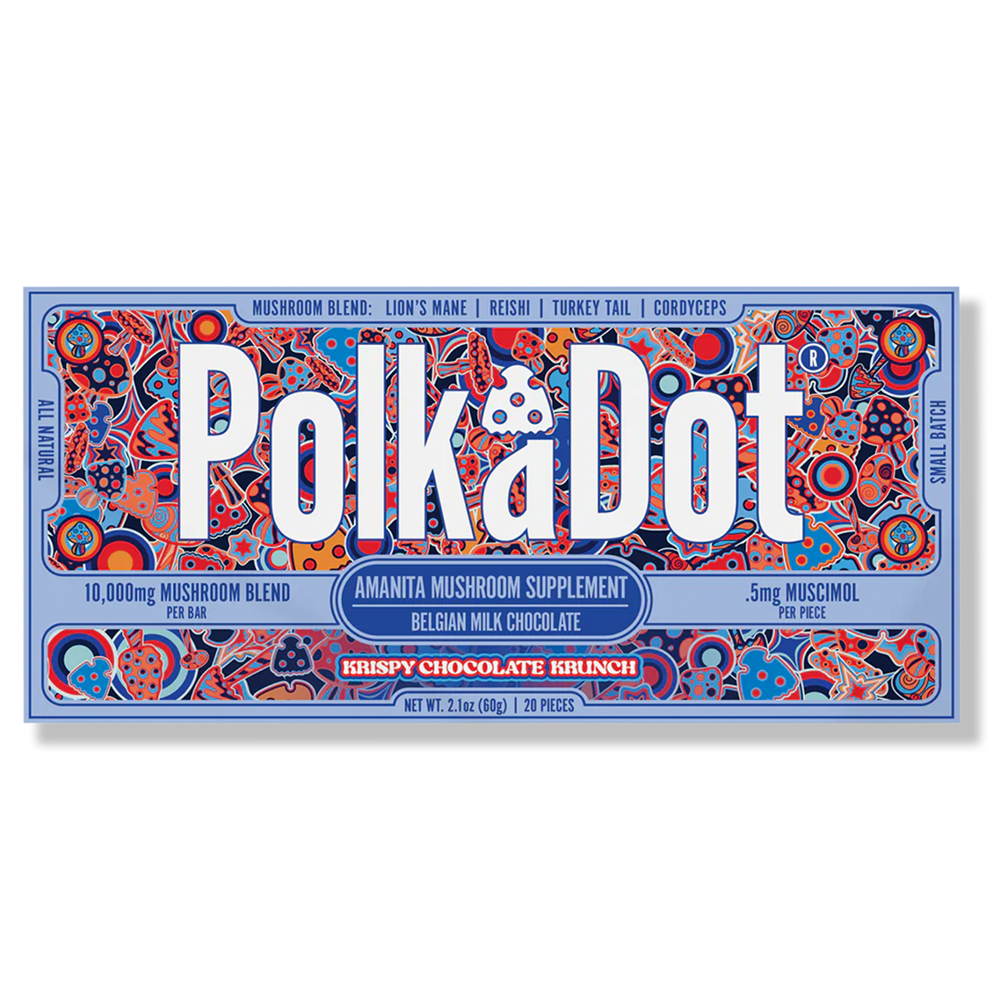Foraging for wild mushrooms is equal parts fascinating and risky. The idea of stumbling across an earthy, flavorful delicacy growing in the forest feels almost magical. But with that magic comes danger. So if you’re wondering how to tell if a mushroom is edible, you’re in the right place!
Unlike store-bought mushrooms, wild fungi don’t come with labels, and the wrong identification can have serious, sometimes fatal, consequences. So, whether you’re an aspiring forager, a hiker with an eye for nature, or just curious about what mushrooms are edible and what aren’t, this guide is designed to walk you through the core knowledge you need to get started—safely.
Consider this your crash course in not only spotting edible and poisonous mushrooms. And remember: when in doubt, throw it out.
Why Proper Identification Matters
If you think mushroom foraging is just about plucking what looks good, think again. Proper identification is absolutely critical when it comes to eating wild mushrooms. The reason? Many deadly poisonous species closely resemble edible ones, and even small mistakes can result in severe illness or death. There’s a long list of potentially toxic compounds found in fungi—amatoxins, gyromitrin, muscarine, and more—each with its own set of nasty effects on the human body.
Beyond the physical risks, accurate identification of wild mushrooms enhances the overall foraging experience. Knowing what you’re picking adds depth to your understanding of local ecosystems and helps build your personal field knowledge. It also makes eating your find more rewarding when you can confidently say, “Yes, this is a chanterelle, and here’s why.” Myths abound in this space, like the idea that toxic mushrooms are always brightly colored or that animals eating them is a sign they’re safe. Spoiler alert: both are false.
Understanding the value of precise identification is the first step toward becoming a smart, safe forager. It’s not about guessing—it’s about learning.
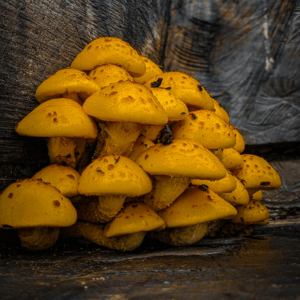
Understanding Mushroom Anatomy
Getting familiar with mushroom anatomy is foundational if you’re serious about identifying edible species. To the untrained eye, a mushroom may just look like a cap on a stick, but there are key structures that offer clues to its identity.
Let’s start with the cap—the umbrella-like top of the mushroom. Its shape, texture, and color can all be identification markers. Underneath the cap, you’ll usually find gills, pores, or spines, depending on the species. These structures release spores, which are essentially the reproductive seeds of the fungus.
Next, there’s the stem, or stipe. Some mushrooms have thick stems; others are thin, hollow, or even absent. Some stems feature a ring (annulus) around them, which is a remnant of a protective veil that covered the gills when the mushroom was immature. Another important feature is the volva, a cup-like structure at the base of the stem. You’ll often have to dig the mushroom up to see it, but its presence (or absence) is a huge clue.
Spore color, cap margin (the edge), bruising reaction, and even scent are other anatomical traits to note. Together, these details can help you confidently tell a morel from a deadly false morel or distinguish a delicious oyster mushroom from a toxic lookalike.
Types of Edible Mushrooms
The mushroom kingdom is diverse, but a few species stand out as favorites among foragers and chefs alike. These edible varieties are generally safe when properly identified, but they each have toxic lookalikes—so don’t skip the fine details.
Morels
With their honeycomb appearance, morels are a springtime favorite. Their hollow stems and cap ridges are key traits. However, beware of false morels, which can look similar but are often irregularly shaped and filled inside.
Chanterelles
These golden, funnel-shaped mushrooms have forked, blunt gill-like ridges and a fruity aroma. They grow near hardwood trees but can be confused with jack-o’-lantern mushrooms, which are toxic and have true gills.
Porcini
Also known as king boletes, porcini have a thick stem, brown cap, and sponge-like pores underneath. Their rich, nutty flavor is beloved in gourmet kitchens. Make sure the pores don’t bruise blue—a sign it might not be edible.
Lobster Mushrooms
These are not a species, but a parasitic fungus that turns other mushrooms into bright red-orange, seafood-scented specimens. They’re meaty, dense, and safe—if properly identified.
Chicken of the Woods
These vibrant orange shelf fungi grow on trees and have a meaty texture. Be cautious: some people experience digestive upset, especially with older specimens or chicken mushrooms growing on conifers.
Oyster Mushrooms
Smooth-capped, shelf-like, and often pale in color, oyster mushrooms are one of the easier species to spot. They grow on dead or dying wood and have a mild, slightly sweet flavor.
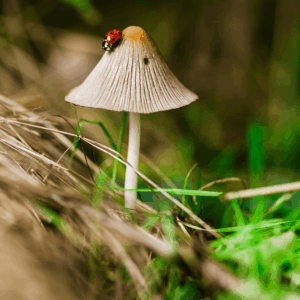
Dangerous Lookalikes to Avoid
Some of the most dangerous mushrooms out there look deceptively edible. Plus, poisonous mushrooms smell the same as edible mushrooms. Misidentifying your mushroom can lead to severe illness or worse, so knowing the key lookalikes is just as important as knowing the edibles.
False Morels (Gyromitra spp.): These mushrooms may resemble true morels but are often wrinkled instead of pitted, and their stems may be filled or chambered. Some contain gyromitrin, a toxin that can cause seizures or liver failure.
Jack-o’-Lanterns (Omphalotus illudens): These bright orange mushrooms resemble chanterelles but have true gills instead of ridges and grow in clusters on wood, not the forest floor. They can cause intense gastrointestinal distress.
Green-Spored Parasol (Chlorophyllum molybdites): Frequently mistaken for edible parasols or shaggy manes, this mushroom has greenish spores and causes severe vomiting and diarrhea.
Death Cap (Amanita phalloides): Arguably the deadliest mushroom in the world, it looks blandly edible. It often has a pale green or white cap, white gills, a skirt on the stem, and a cup-like volva at the base. Even a small amount can be fatal.
Destroying Angel (Amanita bisporigera): Pure white and deceptively innocent looking, this mushroom contains the same deadly toxins as the death cap. It’s often confused with young button mushrooms or puffballs.
Learn the traits of these dangerous doppelgängers and stay vigilant. One mistaken identity is all it takes.
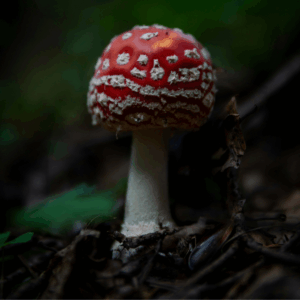
The Role of Habitat and Location
Where a mushroom grows can be just as important as what it looks like. Many mushrooms have symbiotic relationships with specific trees or environmental conditions, and knowing where to look (and where to be skeptical) is a big step in ID accuracy.
For example, chanterelles often grow under oak, beech, or birch trees, especially in well-drained, mossy soil. Morels favor old apple orchards or disturbed land after forest fires. Oyster mushrooms love dead hardwood trees as well as leaf litter, and can often be found growing in clusters.
On the other hand, some toxic mushrooms grow in lawns or near landscaping mulch, which adds another layer of complexity. It’s also helpful to know the seasonality of certain species. Some mushrooms appear in spring, while others favor summer or fall.
Taking habitat into account can also help rule out potential misidentifications. If a mushroom that looks like a chanterelle is growing in a place where chanterelles aren’t known to appear, think twice.
How to Use a Field Guide Effectively
A good mushroom field guide is a forager’s best friend. But just owning one isn’t enough—you need to know how to use it effectively.
Choose guides specific to your region whenever possible, since mushroom species can vary drastically between areas. A good guide will feature detailed photos, habitat notes, spore color references, and cross-sectional diagrams.
Don’t stop at one source. Cross-reference at least two reliable guides for each mushroom you identify. Pay attention to descriptions of similar species and toxic lookalikes.
Write notes in your guide, keep photo logs of your finds, and revisit entries frequently. With time, you’ll start to recognize patterns, making future foraging trips more productive and less risky.
Spore Prints: What They Are and How to Take One
Spore prints are an essential identification tool that every serious forager should learn. They can reveal a mushroom’s spore color, which is often key to distinguishing between similar-looking species.
To take a spore print, remove the cap from a mature mushroom and place it gills-down on a piece of white and black paper (or foil). Cover it with a cup or bowl to maintain humidity, and let it sit for 6–12 hours. When you remove the cap, you should see a pattern left behind by the falling spores.
Different mushrooms produce different spore colors—white, brown, pink, green, black, or even purple. For example, the deadly green-spored parasol has a distinct green spore print, whereas edible shaggy parasols do not. This simple technique adds another layer of confidence to your ID process.

Key Traits of Edible Mushrooms
While every species is unique, there are some general traits that edible mushrooms tend to share. Recognizing these can help guide your foraging, especially when combined with other ID methods.
Look for:
- Firm texture and lack of sliminess (except for known species like slippery jack)
- Pleasant, earthy or fruity aromas
- Clear cap/stem differentiation with consistent color and shape
- Defined gills or pores that match the species description
Also important: freshness. Even an edible mushroom can cause digestive issues if it’s decaying, waterlogged, or buggy. Avoid anything that looks past its prime. Remember, these are guidelines, not rules. Always cross-reference with detailed sources before consuming anything.
Signs a Mushroom Might Be Toxic
Toxic mushrooms often share a few telltale traits, though they can be sneaky. Keep an eye out for these red flags:
- White gills (common in many Amanita species)
- A bulbous stem base often surrounded by a volva
- A skirt or ring around the stem
- Discoloration or bruising (blue or black staining)
- Acrid, foul, or chemical-like odor
- Rapidly decomposing or slimy texture
While not all toxic mushrooms display these signs, encountering several of them in one specimen should raise red flags. The more warning signs you notice, the more likely you should leave it alone.
The Myth Busters: Common Misconceptions
The world of mushroom foraging is riddled with old wives’ tales and questionable rules-of-thumb. Believing these can put you in real danger. Let’s clear up a few of the most dangerous myths:
- Myth: Bright colors mean danger. Not necessarily. Some edible mushrooms are vivid, while some deadly ones look plain.
- Myth: If animals eat it, it’s safe. Animals process toxins differently. What’s fine for a deer might kill a human.
- Myth: Poison is neutralized by cooking. While cooking destroys some pathogens, many mushroom toxins remain potent.
- Myth: If it peels easily, it’s edible. Peeling isn’t a reliable indicator.
Your best bet? Trust science and cross-referenced ID, not folklore.
Digital Identification Tools and Apps
While not foolproof, digital mushroom ID apps can be helpful companions. Apps like Picture Mushroom, iNaturalist, and Seek by iNaturalist allow you to photograph mushrooms and get instant suggestions on species.
These tools use AI to match your photo with a database of known species. While the accuracy is improving, especially with community-supported platforms, it’s still no substitute for a human expert or field guide.
Use apps to help build your confidence or when you want a second opinion, but never rely solely on them to decide whether a mushroom is safe to eat.
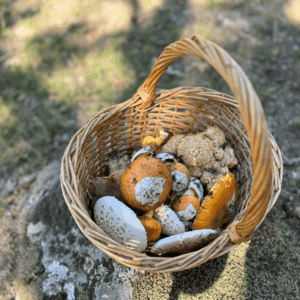
Working with Experts and Joining Foraging Groups
One of the best ways to level up your mushroom knowledge is by joining local mycology groups or foraging communities. These groups often host guided walks, identification workshops, and field trips where you can learn hands-on.
Foraging with experienced mentors gives you access to years of practical knowledge that no book or app can replace. Plus, you can submit photos or bring specimens for group verification, which is incredibly helpful for beginners.
Look for local chapters of the North American Mycological Association or regional Facebook groups dedicated to foraging. You’ll be surprised at how much you learn from others.
What to Do If You Suspect Mushroom Poisoning
If you or someone else has consumed a wild mushroom and is experiencing symptoms, act immediately. Common symptoms of mushroom poisoning include:
- Nausea and vomiting
- Diarrhea
- Dizziness or hallucinations
- Jaundice (yellowing skin/eyes)
- Confusion or drowsiness
Call Poison Control (1-800-222-1222 in the U.S.) or go to the emergency room. Bring a sample of the mushroom, ideally unwashed and including the base, or photos of where and how it was growing. Rapid identification can help healthcare providers determine the appropriate treatment.
Don’t wait for symptoms to worsen. Some toxins have delayed effects that can lead to liver or kidney failure within hours to days.
Final Tips for Safe and Rewarding Foraging
Foraging is a rewarding way to connect with nature, but safety should always be your top priority. Here are a few final pointers to wrap up:
- Never eat a wild mushroom unless you’re 100% sure of its identity.
- Always cross-reference with multiple sources. Especially for an unidentified mushroom.
- Take your time. It’s better to miss out than to misidentify a very toxic species.
- Keep detailed records of your finds with photos and notes.
- When in doubt, throw it out.
The more you learn, the more confident you’ll become in identifying wild mushrooms, and the more rewarding your foraging experiences will be. Embrace the journey—and don’t be afraid to ask questions or consult the experts.
Happy mushroom hunting, and may your baskets be full of only the good stuff.
How to Tell If a Mushroom is Edible: FAQs
1. How can you tell if you can eat a mushroom?
You can tell if a mushroom is edible by carefully identifying it through a combination of anatomical features, habitat clues, spore prints, and cross-referencing with reliable field guides or experts. Look for key traits like cap shape, gill structure, spore color, stem features (like a ring or volva), and smell. Edibility can’t be determined by folklore or superficial traits—accurate, scientific identification is essential. If there’s any doubt, don’t eat it.
2. What is the easiest edible mushroom to identify?
Oyster mushrooms are often considered one of the easiest edible mushrooms to identify. They have a smooth, shelf-like cap, decurrent gills (gills that run down the stem), and typically grow in clusters on dead or dying hardwood. Their pale coloring, mild scent, and distinctive growth habit make them beginner-friendly—though you should always verify with a field guide or expert before eating any wild mushroom.
3. Which mushroom is not edible?
The Death Cap mushroom (Amanita phalloides) is a notorious example of a non-edible—and highly toxic—mushroom. It’s responsible for the majority of fatal mushroom poisonings worldwide. Despite its bland appearance, it contains potent amatoxins that can cause liver and kidney failure. It’s often mistaken for edible varieties, which is why proper identification is crucial when foraging.
4. What is the most common edible mushroom?
The white button mushroom (Agaricus bisporus) is the most common edible mushroom globally. It’s the familiar grocery store variety that also includes cremini and portobello mushrooms (which are just more mature versions). It’s widely cultivated, mild in flavor, and used in countless dishes. While safe to eat, it’s important to note that wild varieties of Agaricus mushrooms can sometimes look similar to toxic species.




